One Man’s Lifetime of Fishing
Enlarge
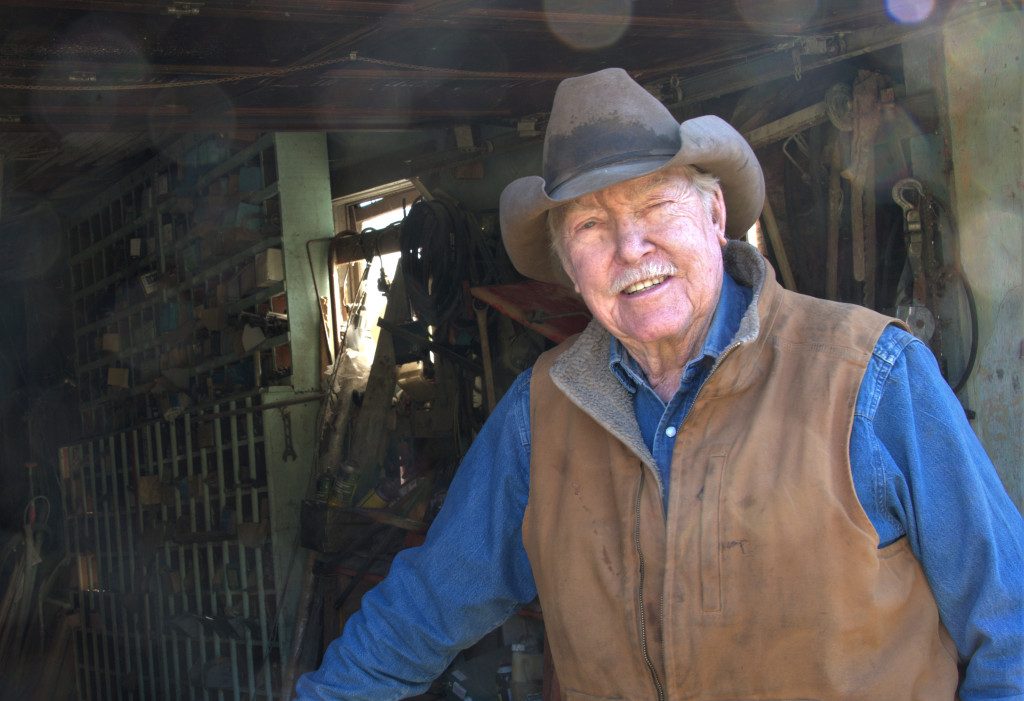
Photo by Gerry Steinauer
By Gerry Steinauer, Botanist
Paul Allen’s rugged, weather-worn appearance has been earned from decades of running cattle on the Niobrara River breaks of Boyd County. In line with his cowboy persona, his manner is down-home and friendly, his laugh is hearty, and he slides easily into storytelling. Yet, there are contradictions to the cowboy stereotype: His past includes stints as an elementary school teacher and Peace Corps volunteer; in a land of beer and whiskey drinkers, he prefers Cabernet Sauvignon; and his passion is catfishing the Niobrara.
Raised on his family ranch that stretches for more than 4 miles along the Niobrara’s north bank, Allen began fishing as a toddler, willow pole in hand, eyes glued to a bobber. He soon advanced to running setlines with his older brother, Max, and, as a high-schooler, fishing with rod and reel. Their ranch was located a few miles downstream from Spencer Dam, and unbeknownst to the boys, they were casting their bait into exceptional catfishing waters.
After high school, Allen left the Niobrara for other adventures, but returned a few years later to run the ranch. He then began to refine his catfishing skills and now, as he approaches his 80th birthday, he is still wrangling cats from the braided prairie stream.
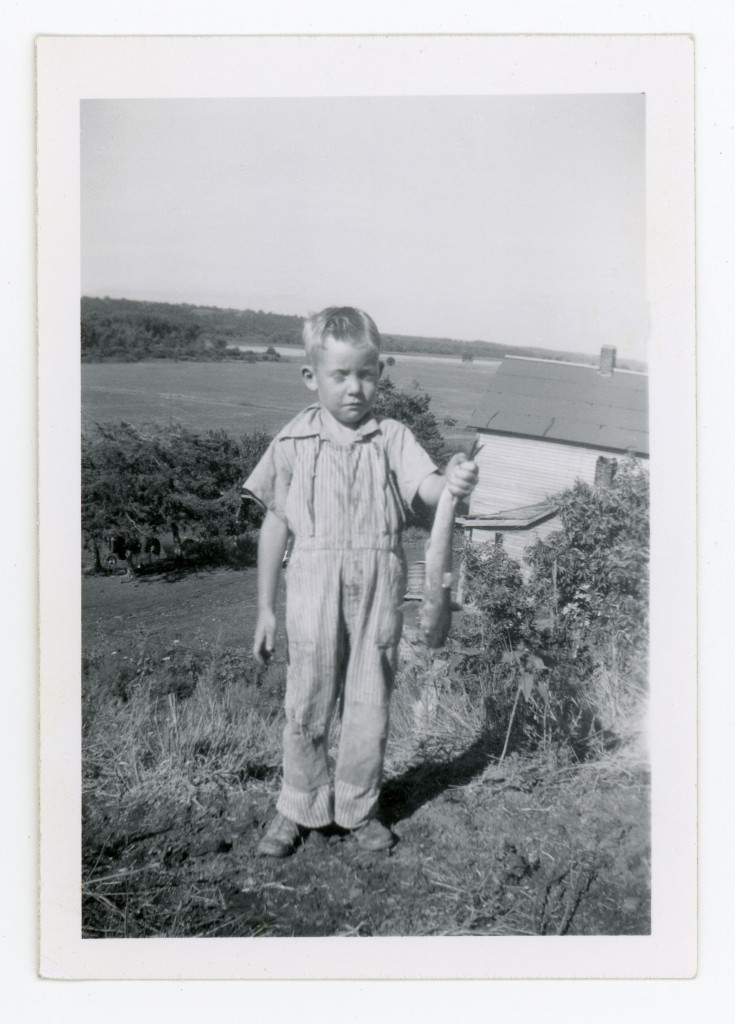
Childhood Fishing
Allen was “a spring calf,” born in 1944. As a child living 7 miles of dirt road from the nearest town, the Niobrara River and its surroundings were his main entertainment. He and Max explored on foot and horseback, trapped beaver and muskrats, hunted ducks in spring-fed backwaters and, of course, fished for channel catfish in the river.
Max taught his little brother the ways of the river, how to rig his pole and bait his hook with nightcrawlers and grasshoppers. “We tried to catch the great big lubbers,” Allen said, referring to the Plains lubber, also known as the homesteader, Nebraska’s largest grasshopper and quite a mouthful for a catfish.
“As fishermen, we didn’t know what we were doing, but we weren’t fishing for sport, we were fishing for something to eat,” Allen said. “I guess there was some sport to it. I remember Max crying once when he let a big cat slip out of his hands.”
In their household, catfish was standard table fare. “Pancakes and a little fried catfish were a treat for breakfast. Max’s birthday was April 15, and mom always hoped for an early spring catfish bite and for snow to linger in the deep ravines so she could make fish and ice cream for his party.” She floured and fried the skinned fish in oil, which is how Allen prefers them to this day.
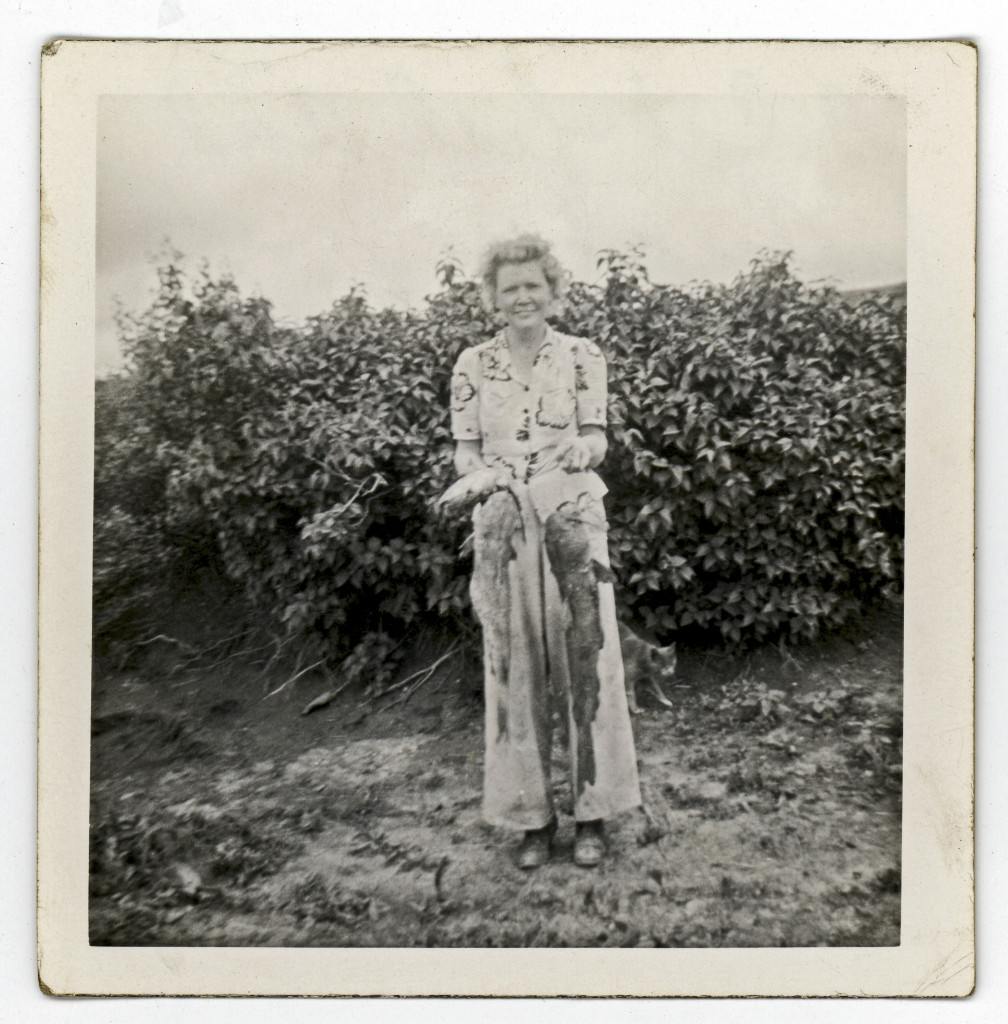
The brothers also ran setlines. In summer, they prayed for rain so their dad would free them from working in the hay fields. “We would run down to the river to catch grass [northern leopard] frogs and toads for setline bait, or we would use chicken guts if we had recently butchered,” Allen said. They scrounged most of their setline tackle from around the home place, cutting flexible willow stems from riverside thickets for poles, scrounging broken iron from the farmyard for weights and pilfering old chalk line from the shop. They bought hooks in town.
Their method of setlining on the sand-bottomed Niobrara remains the standard to this day. They pushed the poles into the river bank or shallow water above a deep channel or hole, letting the line drift into the deeper water where weights pulled the bait to the bottom. They avoided fast currents, as there the lines would “sand in.” Through setlining, the boys learned to read the river’s depth and speed from the texture of the surface water. This was especially important for Allen, who could not swim.
They baited their lines after supper and checked them early in the morning before chores or school. Although rather unskilled pole fisherman due to their primitive tackle, the boys were adept setliners, catching most of their catfish, including lunkers weighing up to 12 pounds, this way.
Leaving the Niobrara
When Allen graduated from high school in 1962, his parents gave him $100, a saddle and a suit. Leaving home, he worked summers on western Nebraska ranches and attended Wayne State College during the school year. At Wayne, he took classes for two and half years until flunking a required statistics class, killing his dream of earning a business degree.
He then attended Chadron State College for a year and earned a teaching degree. After graduation, he taught at a Sandhills country school with five students for a year and elementary school in Henry for two years. During his time out west, Allen rode the weekend rodeo circuit to earn a few extra bucks until a hard kick in the face by a bucking bronco left a scar and knocked enough sense into him to give up the business.
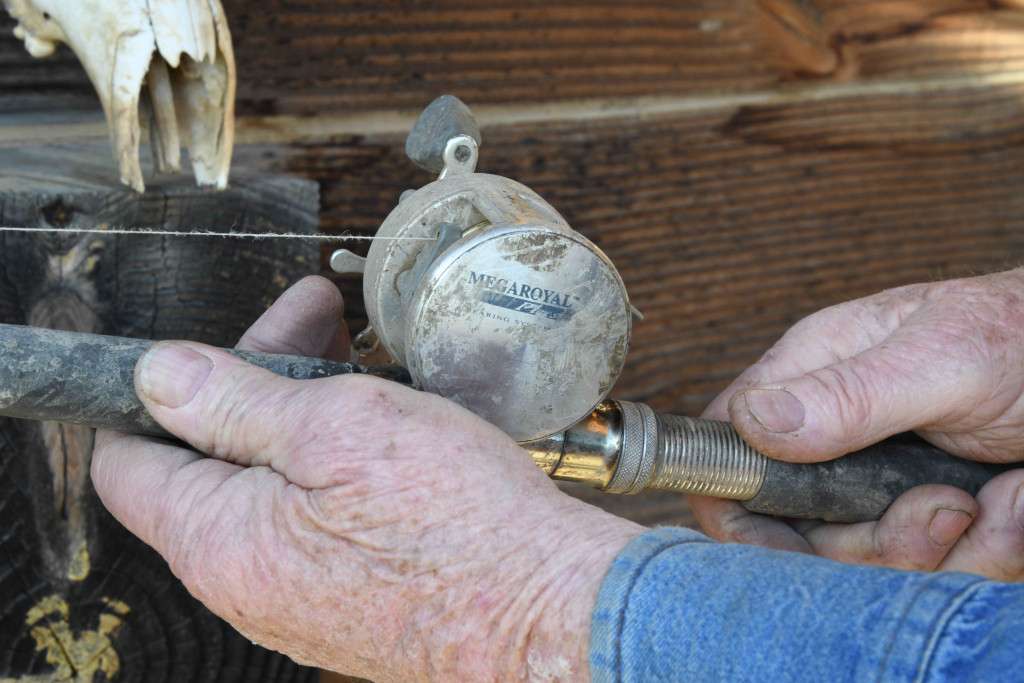
In 1969, Allen married his first wife, Diane. She had grown up in a ranch house located in the shadows of Spencer Dam and had been friends with Allen since childhood. A year after their marriage, fulfilling a desire to help others, they joined the Peace Corps, spending two years in Venezuela teaching Spanish-speaking residents how to speak English and helping them improve their farming practices, the latter of which mostly failed. “No matter what you try, you just can’t grow alfalfa in Venezuela,” Allen said with a laugh.
After the Peace Corps, the couple moved into Allen’s childhood home on the Niobrara, his parents having moved into town. “By then, the old house wasn’t much more than a shack,” Allen said. “There were bees living in the walls and we had no well.” They hauled drinking water in five-gallon cream cans from an artesian spring that flowed into the river. Five years later, Allen built a new house low on the bluff, something he had promised his bride when they got married. They would raise four children there. Diane passed away in 1991.
Refining His Craft
Back on the Niobrara, Allen began to refine his angling skills, and fishing downstream of Spencer Dam, he was doing so in catfisherman heaven.
Built in 1927 for hydroelectric power generation, Spencer Dam was located 39 miles upstream from the Niobrara’s confluence with the Missouri River. The powerhouse and 500 foot-long concrete spillway jutted out from the river’s north bank, while the remainder of the dam — a 3,200-foot-long, 26-foot-tall earthen bank — spanned the valley bottom.
As the swift-flowing Niobrara pooled behind the dam, sand settled out of its slowed waters and over time formed a huge delta. Meanwhile, the clear, sand-free water exiting the dam was highly erosive and scoured deep channels and holes in the river downstream, including Allen’s stretch. In addition, the dam blocked the migration of catfish moving out of the Missouri and up the Niobrara during their late-spring and early-summer spawning run, and they stockpiled below the dam. In a nutshell, Spencer Dam gifted Allen with deep, stable waters teeming with hungry cats.
Over the decades, Allen fished these waters almost exclusively during the cool evening when catfish most actively feed. “I start fishing after supper, usually about 6 o’clock, and leave the river before midnight,” he said. “The peak bite is usually about 10 o’clock and trails off after that. In early spring, you can get by fishing during the day, but not during the heat of summer. On a summer day, you might catch a cat or two from a hole, but that’s about it.”
His best fishing has always been during the spawning run when catfish are on the move and hungry. During the heat of late summer, the fish become less active, and the bite slows. Allen suspects that many fish move down into the deeper and cooler Missouri River during this period. As temperatures drop in September, fish move back up the Niobrara and the bite picks up again.
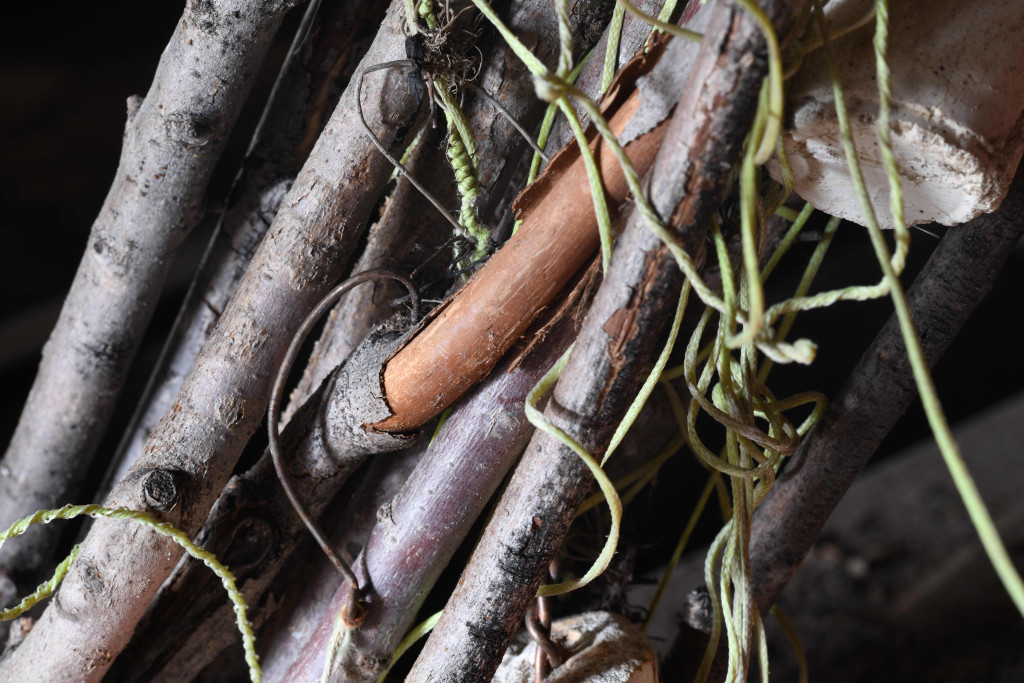
No matter the time of the year, Allen always fishes from a sandbar or the bank, never wading out into the river. “Catfish are smart. If you disturb the water or make noise, they know something is up and they’ll stop biting,” he said. His favorite fishing spot is a hole that formed below a chalk-rock ledge exposed in the river. “Before Spencer Dam went out, I could catch my fill of 5-pound catfish there,” he said. “It was easy.” The biggest cat Allen ever landed on rod and reel, an 8-pound fish, came from that hole. He has hooked bigger catfish, but fighting with the current, these fish usually break the line or straighten the hook and escape. From the rock-bottomed hole, he occasionally catches sauger, the river-inhabiting cousin of the walleye, but only when fishing in September and when using nightcrawlers as bait.
In addition to nightcrawlers, Allen sometimes baited his hook with chicken intestines, preferring them to chicken livers, a common catfish bait, saying “they have more stink.” About 15 years ago, however, he switched to shad guts as his go-to catfish bait, and now buys them by the case in frozen pint jars. “The gizzard in the guts is really tough and when hooked through it, they stay on, and they really stink!” he said. “Fish can smell them from a long way downriver, and they really come after them.”
Allen usually fishes alone. Until recently, a few times each summer, he enjoyed the companionship of two longtime friends with whom he would run setlines throughout the night and wearily clean their catch after sunrise. Both of these friends, however, passed away, and “getting up and down the river bank to check lines just got too hard on this old timer,” Allen said. “I stopped running setlines.”
Allen’s catfishing had changed, and it was about to do so again in dramatic fashion.
The Night Spencer Dam Burst
On March 13, 2019, a rare bomb cyclone dropped more than two inches of rain over northeastern Nebraska, melting the foot of snow that covered the region. Unable to soak into the frozen soil, the water rushed down feeder streams into rivers throughout the region. The iced-covered Niobrara rose to historic levels, the river ice breaking free in chunks as large as pickups. The torrent of water and ice swept away highway bridges as if they were built of old barn siding, and then gathered behind Spencer Dam. In the early morning hours of March 14, the dam could bear no more, and the earthen bank breached in two spots, sending an 11-foot-high wall of mayhem cascading downstream.
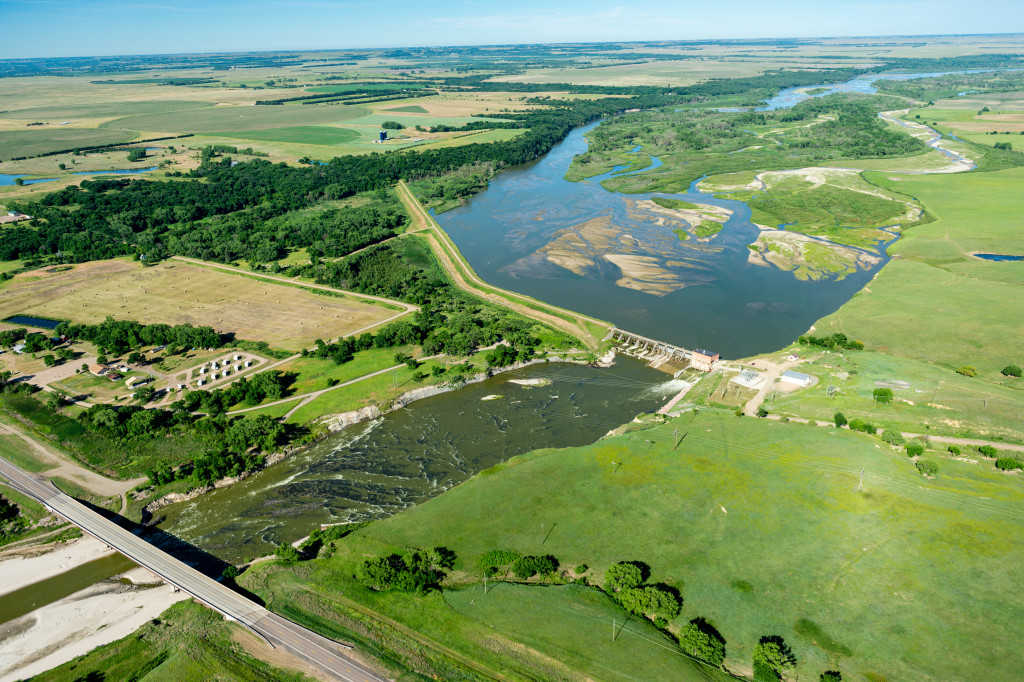
Allen and his second wife, Lana, were awakened by a phone call from his son, Cody, saying the dam had broken. Allen rushed outside and was startled to see water just 15 feet below their house. “When daylight came, I could see the mess we were in,” he said.
His first concern was his cattle. The panicked animals were trapped in paneled pens on the edge of the riverbottom: The gates were open, but the cows would not go through the deep, fast-moving water to get to them. Allen and his daughter-in-law, Kari, struggled to open the gate of one pen located in only knee-deep water, but its bottom was frozen in mud. He hurried to a shed for a handyman jack and, standing in ice-cold water and with tears in their eyes, they pried the gate out of the mud to free 60 cows. They were left to watch helplessly as 80 head in other pens drowned.
By evening, the floodwaters had receded, leaving ice, logs, brush and miscellaneous trash scattered across the riverbottom. Along with the debris, a thick layer of “powder sand” coated Allen’s previously rich hay meadow. Parked in the bottom, his tractors, a caterpillar, combines and new pickup were ice-dented and waterlogged, mostly ruined. He later salvaged the caterpillar and a couple tractors by flushing their engines with oil and making other repairs, but now questions the effort. “It cost me $10,000 to fix one tractor worth $7,500. Does that make sense?” he said. It took his son, Nyal, weeks to pile the logs and trash in the meadow for burning. Allen considers himself lucky that he hadn’t built his house on the floodplain.
His brother-in-law, Kenny Angel, who ran Angels’ Straw Bale Saloon located on the floodplain just below the dam, lacked Allen’s luck and encountered tragedy that night: His house near the saloon was washed away by the flood waters, his body never found. Allen said that Angel’s pickup, tractors and campers have also never been found, and likely lie buried deep under sand. Recently, he found the toolbox from Angel’s pickup on his ranch; it had been exposed by river cutting.
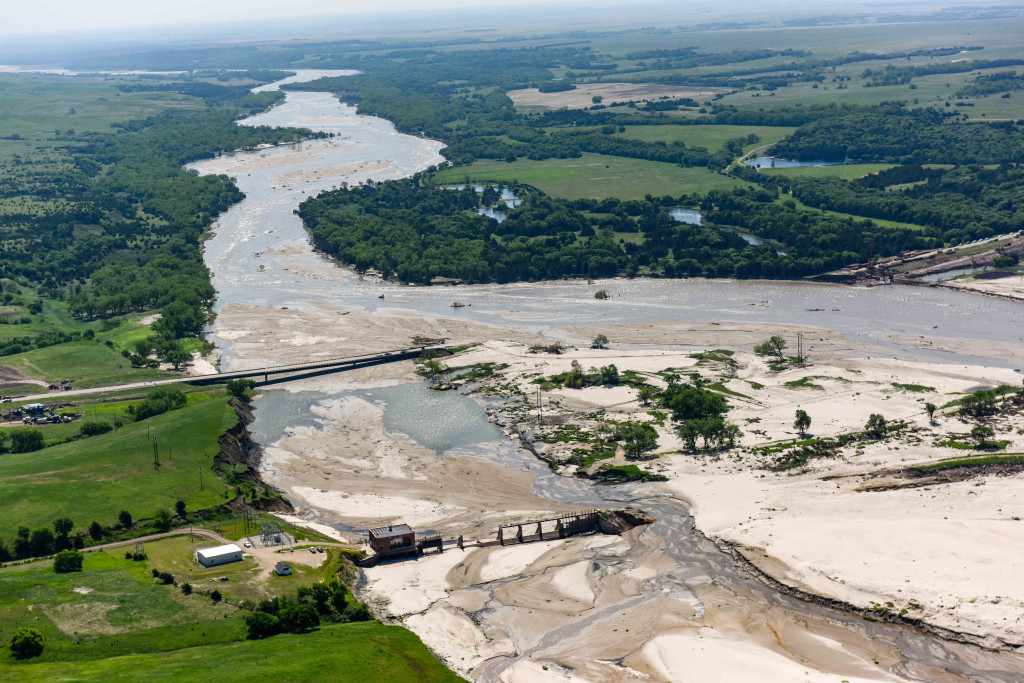
A Changed River
With Spencer Dam no longer interrupting its flow and hijacking its sand load, the lower Niobrara once again functions as a natural, braided prairie stream. The river is now wider with constantly-shifting sandbars, pools, riffles and runs. The deep, stable holes Allen once fished no longer exist. “It’s a different river. It changes so fast,” he said.
In addition, migrating catfish, as well as other river fish, are now free to keep swimming upstream, and no longer stockpile below the now-breached dam. For Allen, this means that there are fewer catfish to catch, but on the flip side, those fishing upstream of the dam have more.
Despite the changes to the Niobrara, Allen has few complaints. While he is no longer pulling big cats hand over fist from his rock-ledge honeyhole, his fishing is still good overall. Since the dam breached, the main river channel has swung away from the ledge, and the hole is shallower. But Allen still fishes it. “I’ll be there next summer,” he said.
Gerry Steinauer is a botanist for the Nebraska Game and Parks Commission. He has been writing and photographing for Nebraskaland Magazine since 1990.
Supplemental Online Content
An Evening Fishing With Paul Allen
By Gerry Steinauer
I met Paul Allen about 25 years ago through his side business of collecting and selling the seed of native prairie plants. Occasionally, while harvesting seed, he would come across a plant he did not recognize and call me for help identifying it. I began to stop by his house to shoot the breeze whenever I found myself in the area, and conversation often turned to our common interests of the Niobrara River and catfishing.
We sometimes talked about getting together to fish the river, but never pulled the trigger on it until last summer, inviting our mutual friend Scott Wessel, a Game and Parks wildlife biologist in northeastern Nebraska.
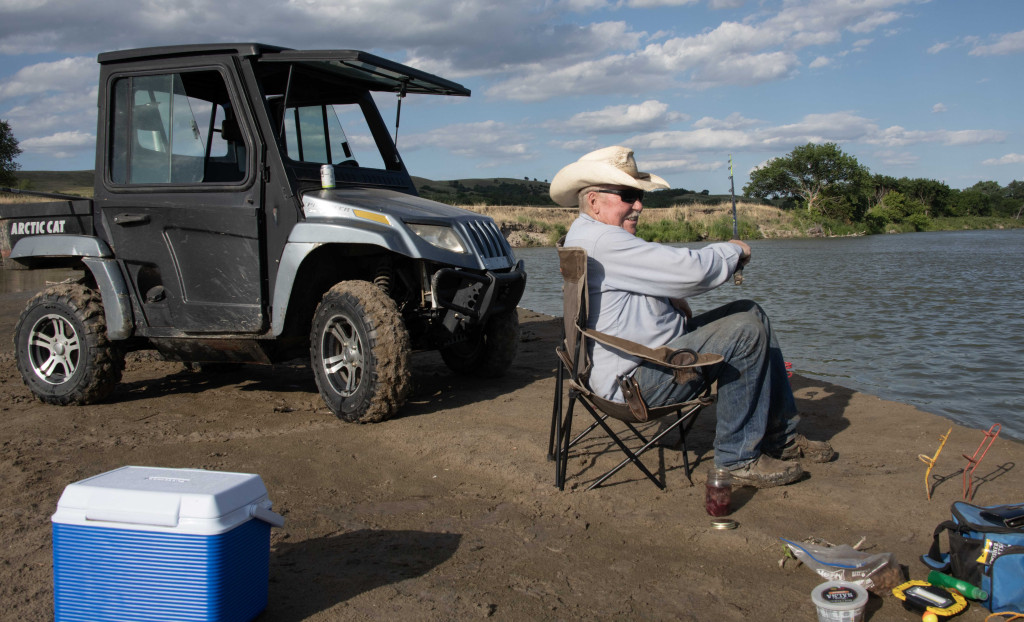
On an August evening, I turned south on a gravel road just east of Bristow, the village Allen calls his hometown and says is “a long ways from a good bottle of Cabernet.” After a few miles driving up and down steep river hills, I crested the bluff and paused to take in the view. Allen’s house was visible about a half mile to the east, but not another ranch house was in sight, only prairie-cloaked bluffs cut by wooded draws running down to the silver ribbon of the Niobrara.
I spied Allen and Wessel fishing from a sandbar stretching out from the north riverbank. I drove down the bluff, parked in a meadow by the river and walked across the sandbar, my arms a jumble with rods, a tackle box and cooler.
The pair was set up on a side channel flowing up against the sandbar. Wessel was perched on an up-turned, 5-gallon bucket while Allen occupied a canvas chair. Each held a rod in hand while other rods were set in holders pushed into the soft, wet sand. Bait containers, tackle boxes and of course, a few beverage cans detailed the scene. Surmising that Wessel would bring light beer, the beverage of choice of most wildlife biologists, this botanist opted to class up the evening and threw a few craft beers and a bottle of Cabernet Sauvignon in his cooler.

We fished together from the sandbar for about an hour, but our catch was meager: only a few tiny catfish that were thrown back. Prone to impatience, I moved downstream about 50 yards on the sandbar while Wessel waded out about 75 yards to fish the main channel. To test the water’s depth, I stepped into the side channel, the warm water rising to my mid-thigh, not bad for catfishing.
The fish however, continued to not cooperate, and I received not a nibble. The temperature that day had reached the century mark, and we were the victims of the late-summer fishing doldrums. Eventually, I sauntered up the sandbar to chat with Allen who had moved to the comfort of his UTV, his rod extending out the open door. Approaching, I saw that he was talking on this cell phone and distracted, so I leaned out into the channel and gave his line a good yank. “I gotta go, I got a bite!” he blurted, then jumped out of the UTV and stood poised for the follow-up strike. I waited a minute before confessing. He called me a name, followed by a laugh.
Wessel soon joined us, and we again fished together from the sandbar, and finally, Allen tied into a nice cat. His pole held high, his line strained tight, he pulled and tugged and reeled, the current adding its weight to the battle. It took several minutes before he dragged the 3-pound cat onto shore and was all smiles and laughs as he held the fish up for photos.
“That just made my night,” he said.
Wessel took this fish and another smaller cat he landed and retired to his car to prepare catfish patties on his camp stove. Meanwhile, I broke out the Cabernet, and although I remembered to bring a bottle opener, I forgot cups. Fortunately, I found a few stashed under the seat of the UTV, allowing Allen and I to gracefully sip our wine. Soon, Wessel returned carrying a paper plate heaped with golden brown catfish patties, and we enjoyed fine sandbar dining, the Cab pairing amazingly well with the patties dipped in blue cheese dressing. The great thing about fishing: it’s not just about catching fish.

As darkness filled the valley, we left the sandbar and moved downriver a bit to the riverbank. Allen and I called it quits on fishing, sat on the bank and watched as Wessel continued to fish from the rush-covered shore 10 feet below us, his head-lamp casting a hallowed glow over the fisherman.
It was a pleasant night. A cooling south breeze blew across the river keeping the mosquitoes at bay, and the sound of the Niobrara rippling through the shallows and the calls of whip-poor-wills and varied frogs and toads provided fitting background music. Soon, voices also rolled into action.
Far outmatched in oratory skills, I leaned back, stared up into the vastness of the Milky Way and listened as Allen and Wessel told tales of former hunts, fishing trips and the Niobrara. Their only pause was when Wessel reeled in a nice catfish. Too late to bother with cleaning a fish, he unhooked the sleek, silver cat and let it slide back into the river’s dark waters.
Allen called it a night about midnight, the old master was tired and ready for a good night’s sleep. Wessel and I watched as his headlights bounced along the well-worn meadow trail until he reached the comfort of his house. We were grateful to have fished with him and to have heard the stories of his life on the Niobrara. Not all are so fortunate.
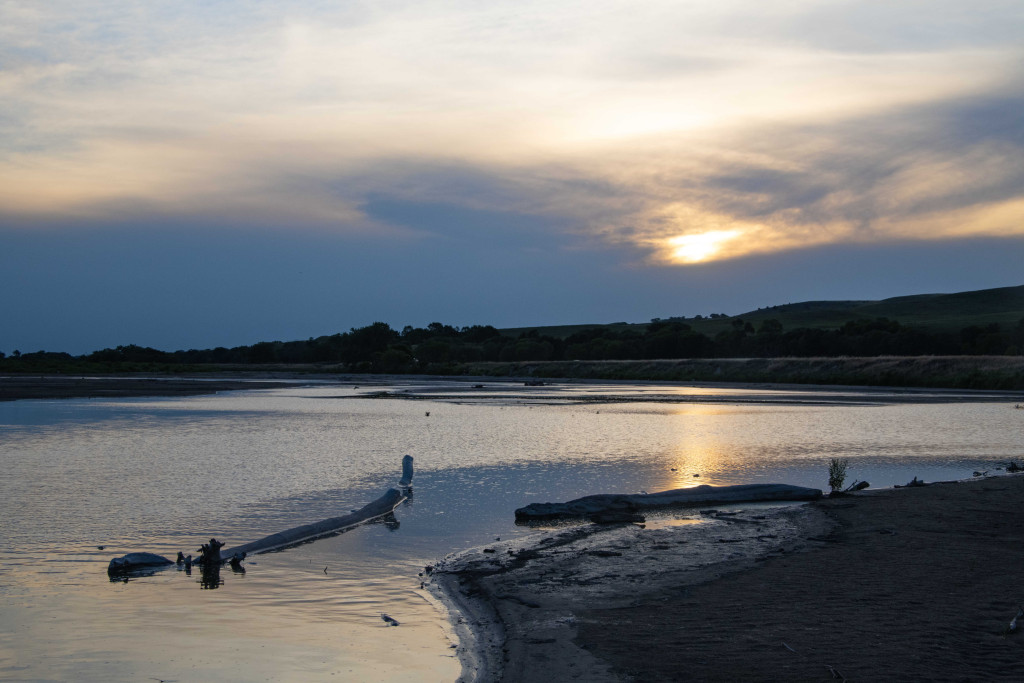
Wessel’s Catfish Patty Recipe
Boil 1 pound of catfish fillets in water for 5 to 7 minutes or until the meat easily flakes apart. Remove the fillets from the water, place them in a bowl and break into flakes. Cool the meat in a refrigerator or cooler for 10 minutes. Meanwhile, in a bowl, mix finely chopped scallions, two eggs, ¼ stick of melted butter and ¼ cup of blue cheese dressing. Add the cooled fish, ½ cup Panko breadcrumbs, a splash of sea salt and garlic powder, and mix. Form the mixture into hamburger-sized patties and fry in a skillet over medium heat in oil of choice until crispy brown on both sides. Serve with sauce of choice, such as tartar or blue cheese dressing.

 Nebraskaland Magazine
Nebraskaland Magazine


